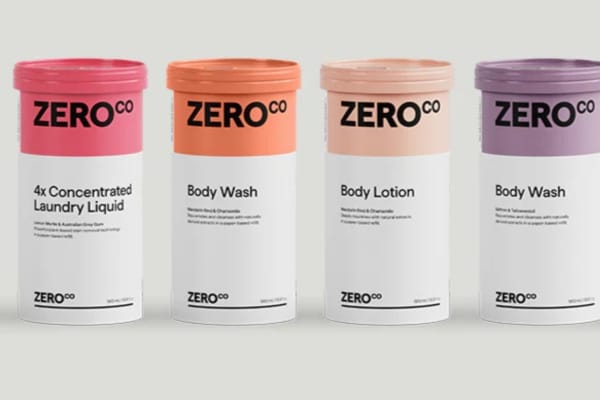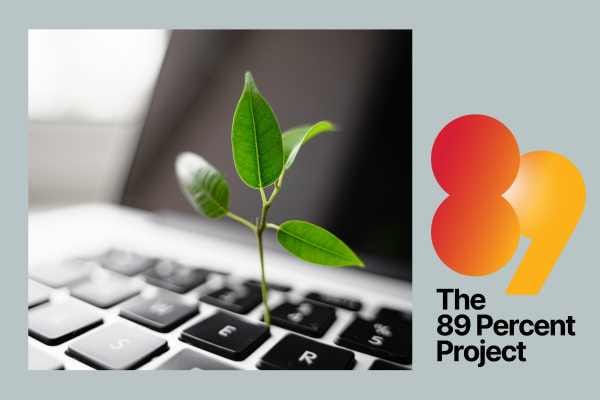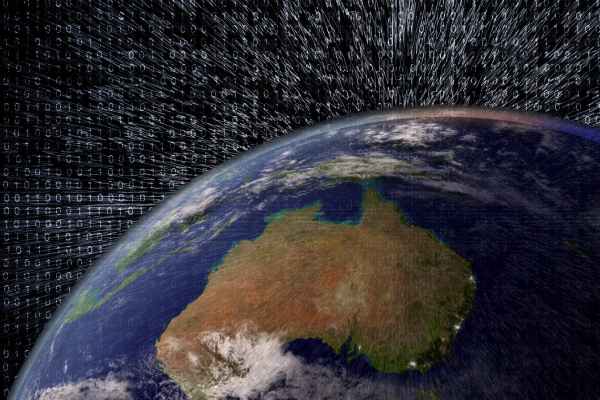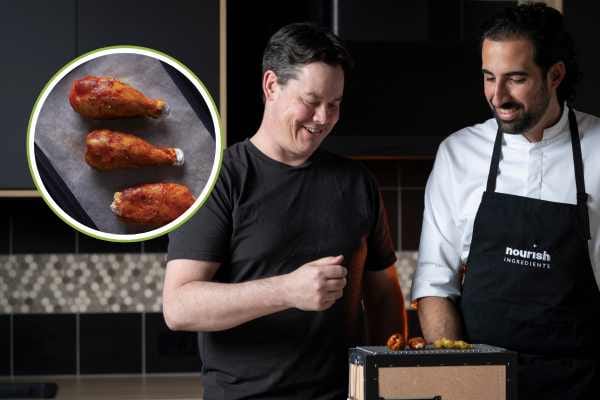Tiny bubbles take on ocean plastic
A world-first pollution solution is bubbling away at the mouth of a European river.

A world-first pollution solution is bubbling away at the mouth of a European river.
A barrier of bubbles is successfully preventing plastic pollution from entering the North Sea in The Netherlands.
The tech, created by Dutch start-up The Great Bubble Barrier creates a screen of bubbles that is specially designed to capture plastic heading downstream before it reaches the ocean.
An estimated 1.8 million tons of plastic enters our oceans via rivers each year harming wildlife, damaging vessels, and presenting a health hazard for the entire ocean ecosystem. It also has profound effects on water quality and contributes to climate change.
In the region of Katwijk, more than one million pieces of plastic were entering the North Sea via the Oude Rijn River until the installation of a bubble barrier last year.
The bubble barrier runs the entire width and depth of the river – the first tech in the world to do so, according to its creators.
The bubble barrier’s curtain of air bubbles are created by compressed air pumped through a perforated tube located on the bottom of the canal or river.
These bubbles can catch the plastic pieces that garbage boats miss, such as those under the surface or smaller than two centimetres.
The bubble curtain runs diagonally across the river which allows the natural flow of the river to push the plastic waste off to the side and into a catchment system.
Importantly, the tiny bubbles don’t hinder marine life or ships, its creators say, and are easily tailored to each river type
"The Great Bubble Barrier stops plastic from reaching the sea by intercepting it from inland waterways."
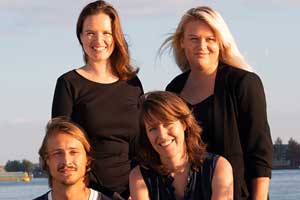
The Great Bubble Barrier was founded by a team of four in 2017. Three of the co-founders – Anne Marieke Eveleens, Francis Zoet and Saskia Studer – encountered plastic while sailing together as friends.
Vowing to find a solution, they sought out ways to target plastic without hampering boat traffic or marine life, and settled on a bubble-based approach.
The fourth team member, Philip Ehrhorn, was developing his own bubble barrier in Germany that was inspired by the way bubbles were used in wastewater operations, and the four joined forces.
Their first Bubble Barrier was installed in the canals of Amsterdam in 2019 in a permanent pilot test where it collects 85kg of plastic pollution every month.
Coast Busters, a local initiative focused on raising awareness of plastic pollution in Katwijk, was closely involved in The Great Bubble Barrier Oude Rijn River project last year, in collaboration with the regional waterboard authority. Commercial sponsors have also joined the project.
“We are particularly proud to see communities empowered to take action and reaching out to us like the Coast Busters,” said Eveleens. “It really shows the power of collaboration to solve plastic pollution.”
The solution has also captured the attention of the Earthshot Prize organisers who named The Great Bubble Barrier as a 2022 finalist in the Revive our Oceans category.
All 15 Finalists get to take part in the nine-month program to help them scale up and increase their impact.
Another company implementing bubble-tech to address ocean pollution is Latvian startup PurOceans which uses bubbles to lift microplastics off the floor of the ocean.
PurOceans’ patented deep water rehabilitation method has been shown to clean 98 per cent of harmful sediments lying on the seabed of ports, rivers and other polluted bodies of water in recent trials.
The bubble concept has also been used by the oil industry to help to contain spills.
The Great Bubble Barrier now hopes to scale the technology to reach polluted rivers worldwide, and is reportedly in talks regarding a potential barrier in an estuary in Portugal and another project in south-east Asia.
“Rivers are the highway to our oceans, transporting pollution all the way there,” Zoet said.
“The Great Bubble Barrier stops plastic from reaching the sea by intercepting it from inland waterways. With our Amsterdam system we are currently preventing 8,000 pieces of plastic from reaching the North Sea each month.
“But we don’t plan to stop there: the first international systems are on the agenda and we can’t wait to tackle pollution across our borders.”
The tech
The Bubble Barrier is comprised of a curtain of air bubbles created when compressed air is pumped through a perforated tube on the bottom of the river. The Bubble Barrier is made up of a bubble curtain, a catchment system, and an air supply. The bubble curtain generates an upward current which directs plastics to the surface. By placing this curtain diagonally across the river, the natural flow of the river pushes the plastic waste to the side and into the catchment system. That catchment system has been designed to stay in place regardless of the water level or the wake from passing ships. The Bubble Barrier runs along the entire width and depth of the waterway and works 24 hours a day, 7 days a week. It stops floating plastic as well as plastic in suspension, and in pilot tests, it has been shown to catch plastic particles as small as 1mm and to intercept 86 per cent of floating test material in inland waters. It does not interfere with marine life or shipping traffic.
Who funds it
Coast Busters, a local community initiative focused on raising awareness of plastic pollution, was closely involved in raising funds for The Great Bubble Barrier river project in Katwijk in collaboration with the regional waterboard authority and helped to attract governmental and commercial partners.
Is it ready to roll
The bubble tech has been implemented in a canal in Amsterdam and near the mouth of Oude Rijn River in the Katwijk region in The Netherlands, and new bubble barriers could soon be implemented in other countries including Portugal and south-east Asia with talks reportedly in progress.


